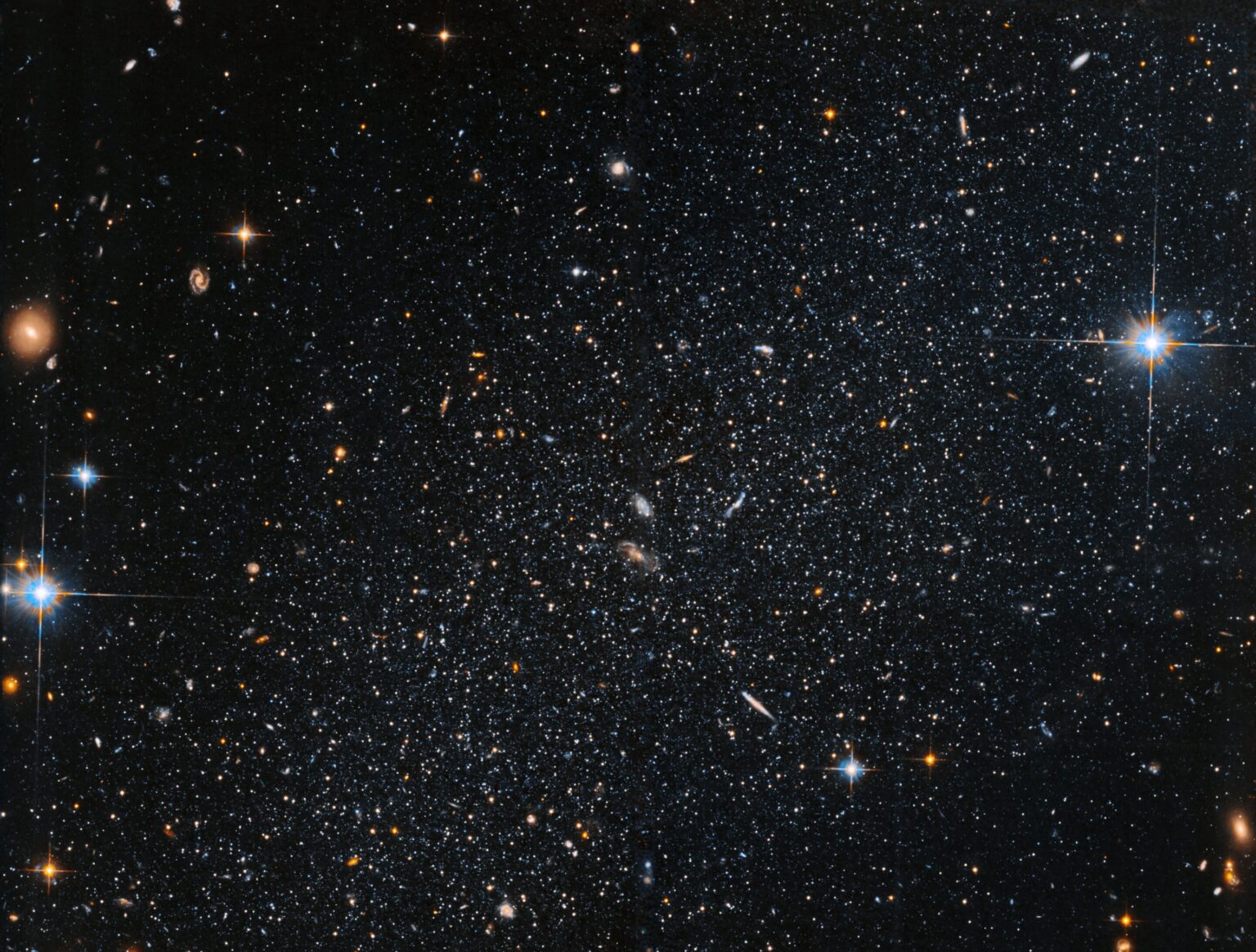The Hubble Space Telescope has studied the dwarf galaxy Andromeda III. This small star system is a satellite of the nearest neighbor of the Milky Way. It occurs in the same plane as several objects.

Unusual dwarf galaxy
Andromeda III is one of at least 13 dwarf satellite galaxies in orbit around the Andromeda Galaxy, or Messier 31, the Milky Way’s closest galactic neighbor in the great spiral. Andromeda III is a faint globular cluster of old red stars that seems devoid of new star formation and young stars. In fact, Andromeda III appears to be only about 3 billion years younger than most globular clusters, dense knots of stars that are thought to have been born at the same time and contain some of the oldest stars known in the Universe.
Astronomers suspect that the dwarf spheroidal galaxies may be remnants of those cosmic objects that were pulverized and merged by gravitational interaction to create the halos of larger galaxies. Interestingly, the research found that several Andromeda dwarf galaxies, including Andromeda III, rotate in a flat plane around the galaxy, similar to the way the planets in our Solar System orbit around the Sun.
Strange location of dwarf galaxies
This alignment is confusing because galaxy formation models don’t show dwarf galaxies organizing themselves into such ordered formations, but rather moving around the galaxy chaotically in all directions. Slowly losing energy, the dwarf galaxies merge into a larger galaxy.
This strange arrangement may be due to the fact that many of Andromeda’s dwarf galaxies fell into orbit around it in a single group, or because dwarf galaxies are the debris left over from the merger of two large galaxies. Any of these theories explored with NASA’s James Webb Space Telescope will complicate theories of galaxy formation, but will also help guide and improve future models.
NASA’s Hubble Space Telescope took this image of Andromeda III as part of a study of the star formation history and chemical enrichment of a sample of M31 dwarf globular galaxies, which compared the first episodes of star formation with those of the Milky Way’s satellite galaxies.
According to phys.org


